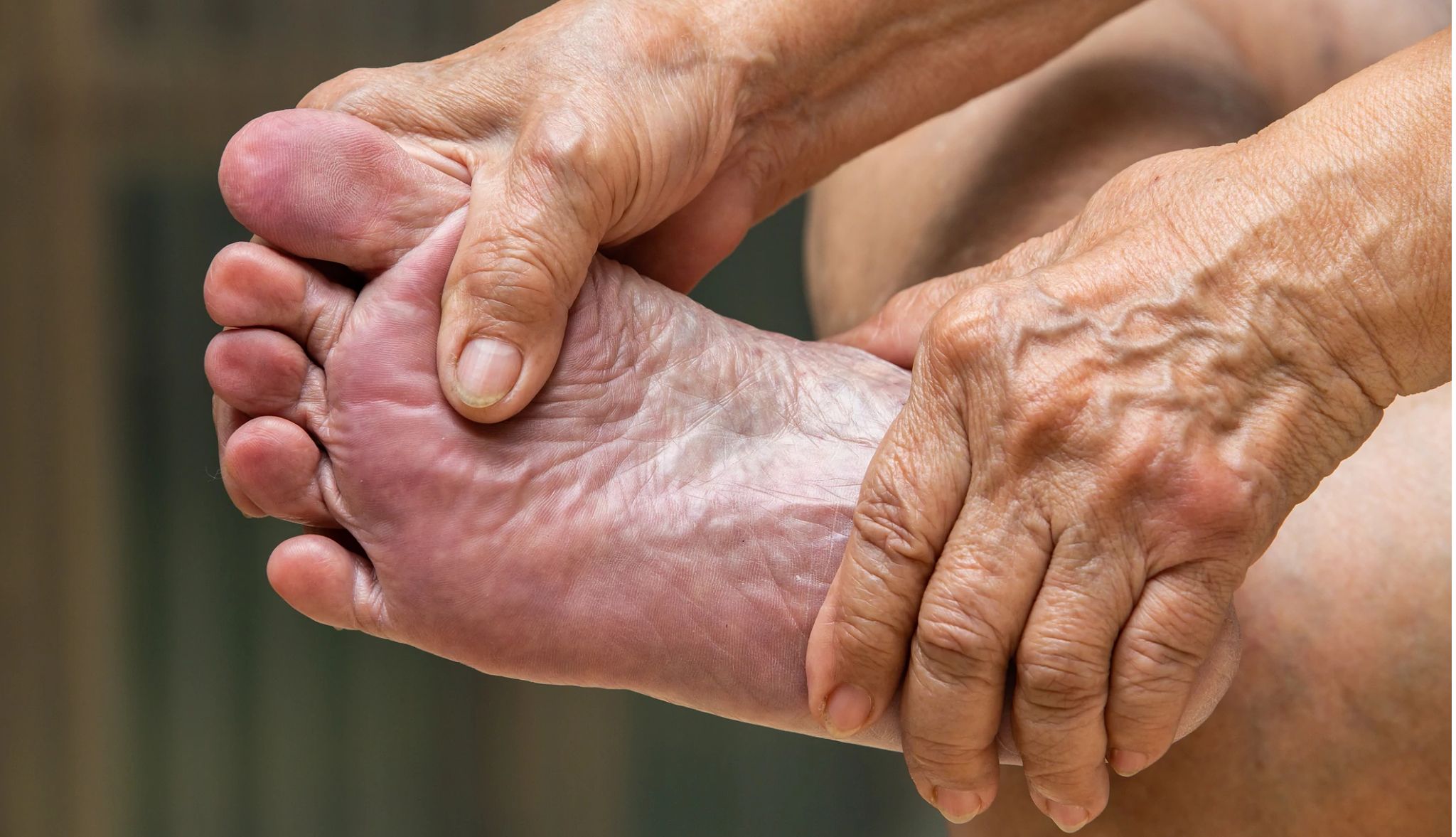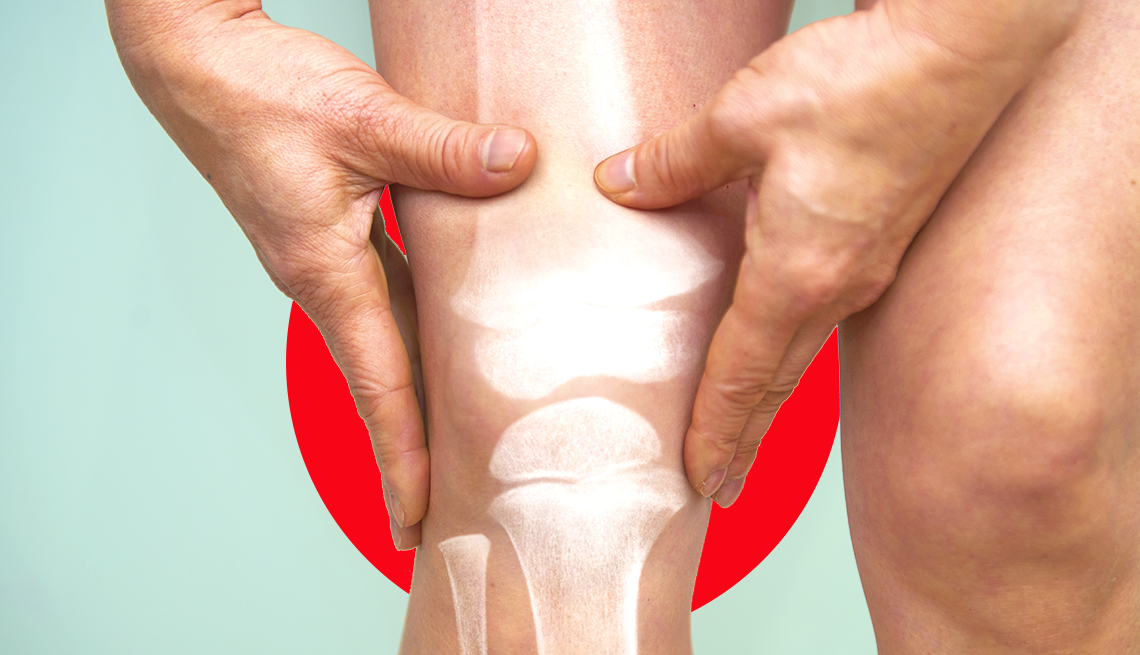AARP Hearing Center


If you are over the age of 50, you’re likely no stranger to foot pain. About 20 percent of older adults experience it on a regular basis, according to results from the “Framingham Foot Study,” published in the journal Gerontology. And there are several reasons why.
Being overweight can cause your feet to hurt; so can years in poor footwear. Even just the wear and tear that comes with activity and advancing age can contribute, says Sean Peden, M.D., a foot and ankle specialist and an assistant professor of orthopaedic surgery at Yale University School of Medicine.
But foot pain should never be ignored, as research suggests it can impair balance and foot function, and may even increase a person’s risk of falling. It’s also important to know that not all foot pain is the same, Peden says. In particular, there’s a difference between muscle soreness from a hard workout and sharp pain that comes from a bone or a joint — that’s the kind that warrants a call to the doctor for a diagnosis and proper treatment, he stresses.
Your pain may even point to other, potentially serious health issues. Here are six to put on your radar.
1. Stress fracture
Older adults are particularly vulnerable to stress fractures, or tiny cracks in the bone, because the trabeculae (the spongy tissue that connects your body’s bones) thin with age. The most common symptom is pain with activity that subsides with rest.
“We saw a lot of stress fractures throughout the pandemic. People were barefoot more because they worked from home, and they gained weight, which together is not a good combination,” says Jacqueline Sutera, a podiatrist in New York City.
It’s important to realize that the symptoms of a stress fracture are more subtle than those you’d experience with an actual broken bone. In fact, a lot of people don’t even realize they have one, Sutera says. “There’s usually not much swelling or bruising, they don’t remember hurting themselves, and they usually can still walk, albeit with pain,” she explains.
If pain lasts for more than a few days and doesn’t seem to get better with ice and rest, see your doctor. And keep in mind that not all stress fractures show up right away on an X-ray, so you may need an MRI (a magnetic resonance imaging scan), Sutera adds. Treatment is rest for six to eight weeks; you may also need a special shoe insert or braces to help the injury heal.
If you are diagnosed with a stress fracture in your foot, talk to your doctor about whether you should undergo screening for osteoporosis. It may be a sign that your bones are thinning, according to the American College of Foot and Ankle Surgeons.










































































More From AARP
Don’t Ignore These 7 Warning Signs of Neuropathy
An underlying health condition could be to blame
7 Things Your Toes Could Say About Your Health
Doing a little digit detective work might help you spot heart disease, diabetes and moreThe 7 Worst Habits for Your Joints
Everyday actions that can cause inflammation and pain